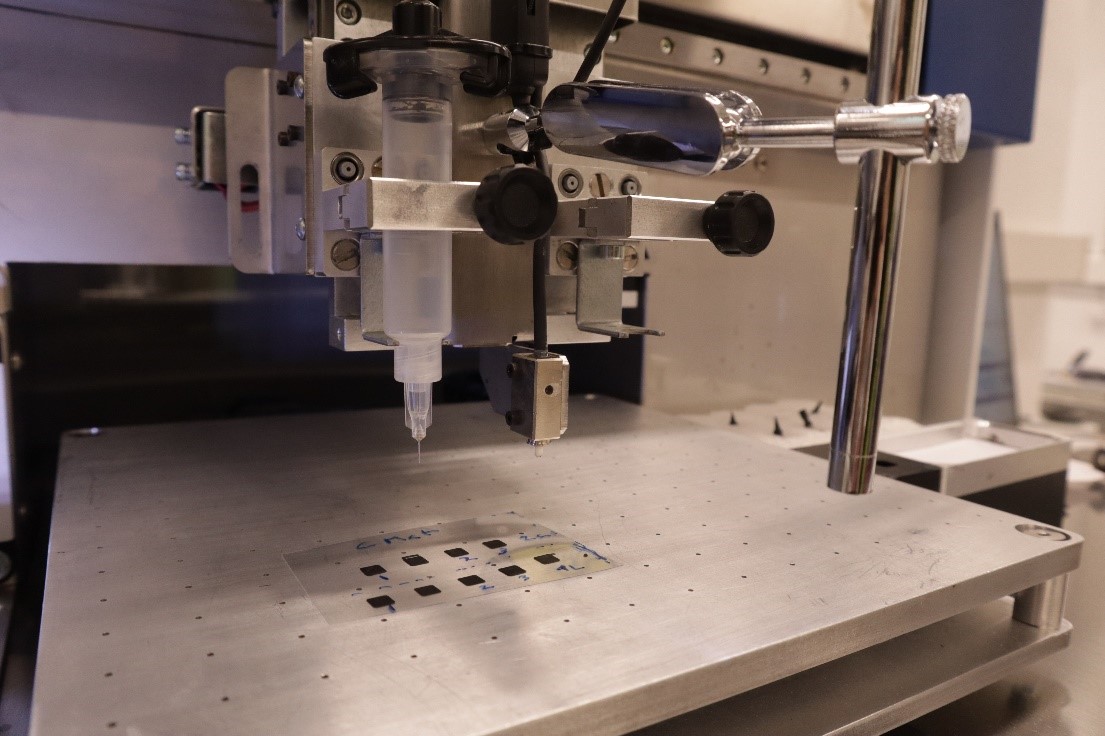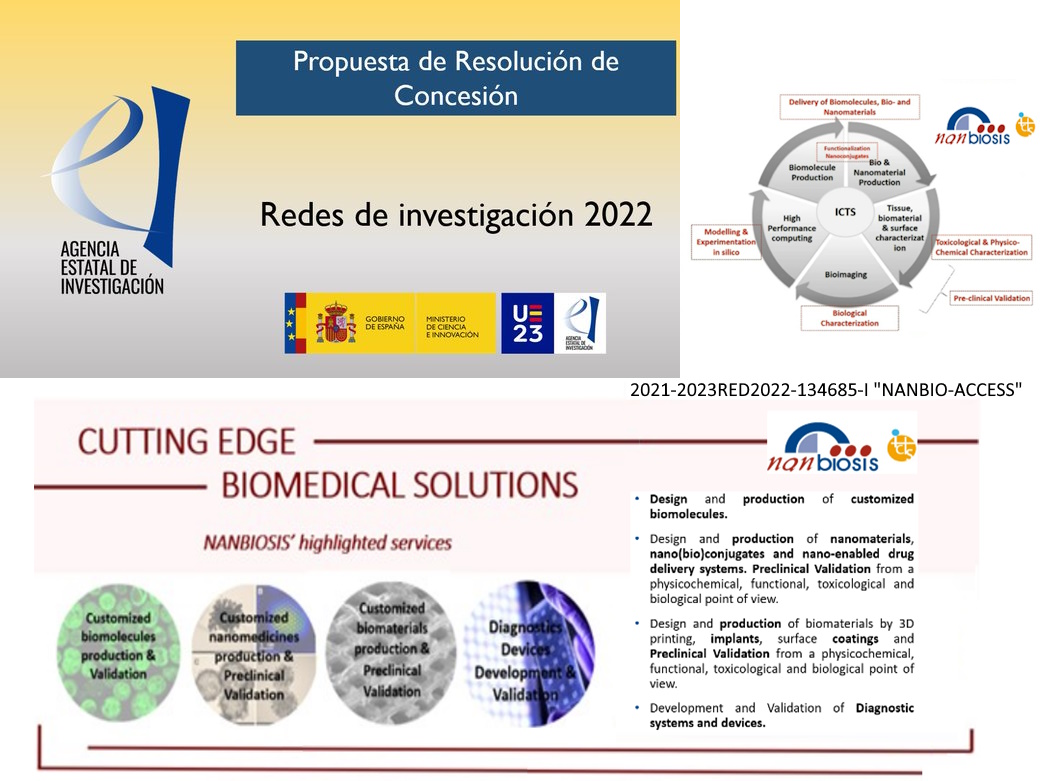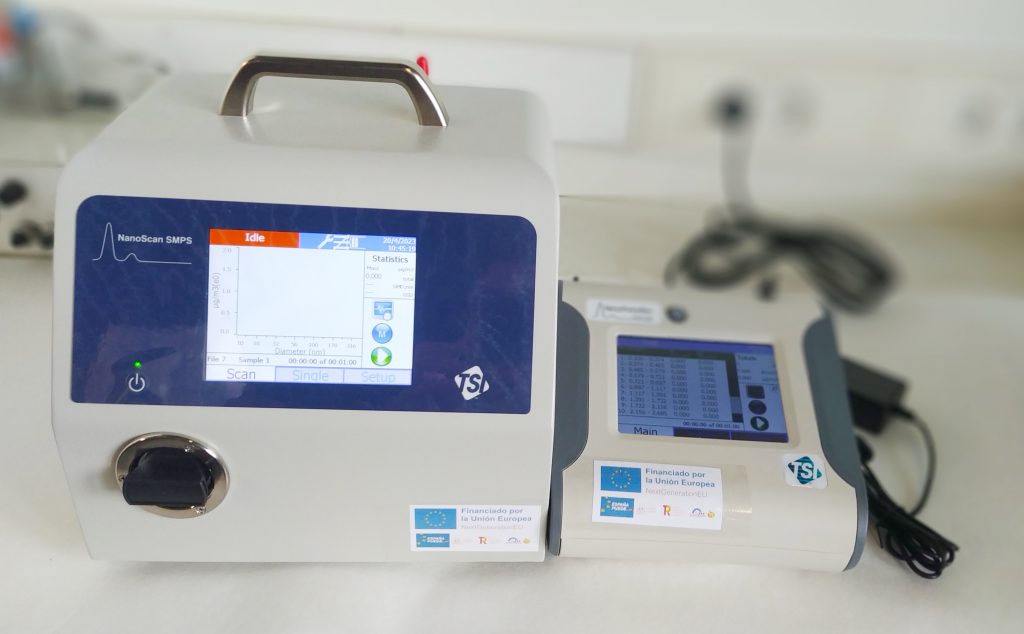ICTS participation in the First guide to facilitate the sustainable design of printed electronic devices
Scientists of NANBIOSIS Unit 8 have participated in the publication of a a comprehensive experimental review of inks, paper substrates, and printing techniques. The objective is to offer the scientific community a guide with data to facilitate the design of printed devices and manufacture them in an ecological way.
Gemma Gabriel, researcher of Biomedical Applications Group at IMB-CNM and last author of the article, highlights the applications of the results in health monitoring, with non-invasive techniques such as glucose detection, although there are many applications where printed electronic materials and technologies are very useful. Among them, environmental monitoring, (in air and water quality control systems or detection of pollutants), in wearable electronics, such as flexible and lightweight devices that can be integrated into clothing, accessories or directly on the skin; energy harvesting and storage such as lightweight and flexible energy harvesting devices such as solar cells and thermoelectric generators; and the “Internet of Things (IoT)” with low-cost sensors that are easy to implement in smart home systems and industrial automation.
Implication of Unique Scientific and Tecnical Research Infraestructures
For the research, the team has used the Unit 8 of the ICTS NANBIOSIS of the CIBER in Bioengineering, Biomaterials and Nanomedicine (CIBER-BBN) at the IMB-CNM-CSIC and the MICRONANOFABS network, the ICTS of clean rooms of micro and nanofabrication of which the IMB-CNM-CSIC is a part.
The research has been carried out within the ECOTRONIC projects, funded by the Ministry of Science and Innovation in the 2018 Innovation Challenges call, and CEL-SENS, within the framework of the Strategic Projects Oriented to the Ecological Transition and the Digital Transition financed by the Ministry with funds from the European Union ‘NextGenerationEU’/Plan for Recovery, Transformation and Resilience.
















